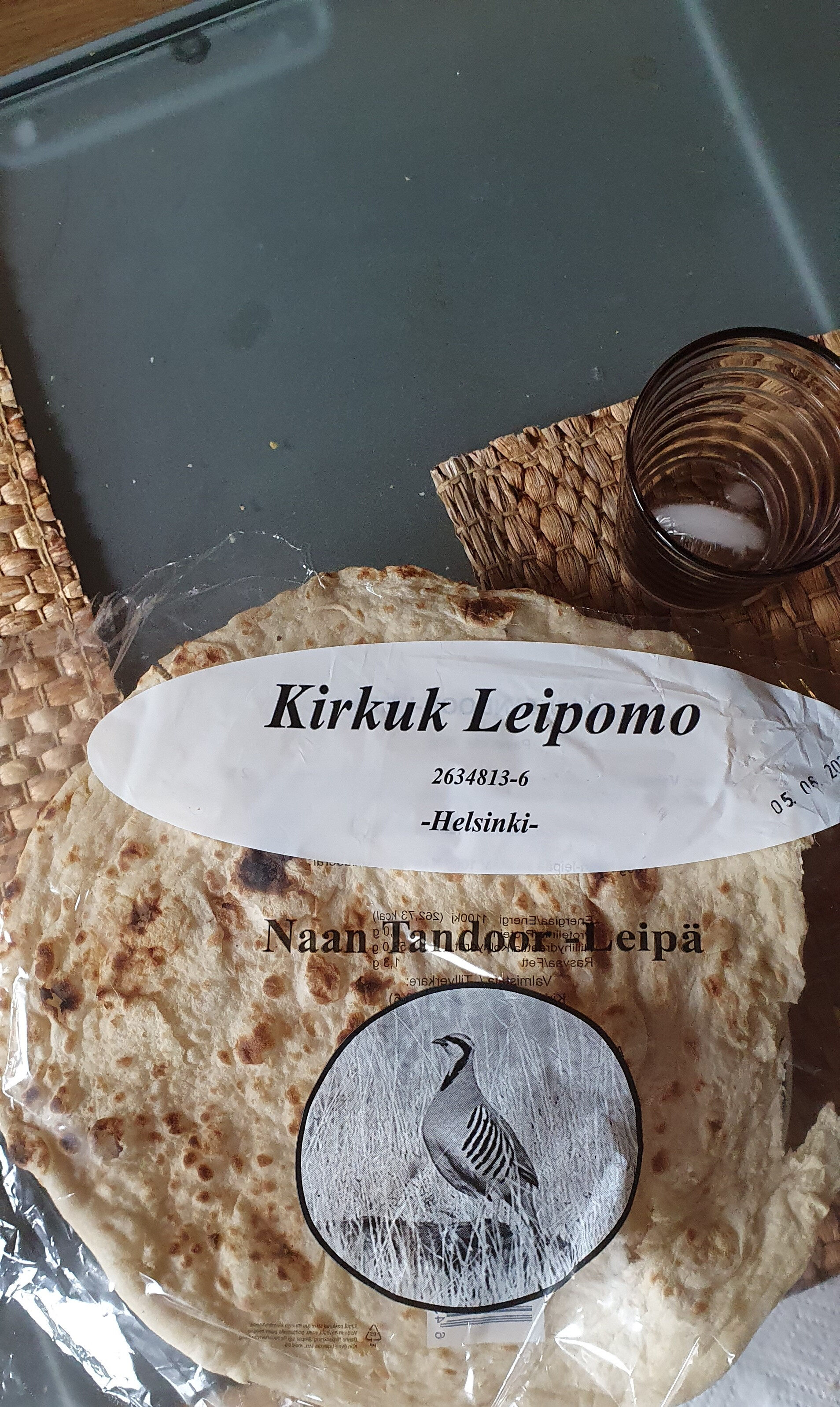Naan Tandoor - Leipä - Kirkuk Leipomo - 250 g
This product page is not complete. You can help to complete it by editing it and adding more data from the photos we have, or by taking more photos using the app for Android or iPhone/iPad. Thank you!
×
Streckkod: 6430053410015 (EAN / EAN-13)
Kvantitet: 250 g
Förpackning: fi:Muovipussi
Varumärken: Kirkuk Leipomo
Kategorier: Växtbaserad mat och dryck, Växtbaserad mat, Spannmål och Potatisar, Bröd, en:Flatbreads, en:Special breads, en:Naans
Tillverknings eller bearbetningsplats: Suomi
Länder där såld: Finland
Matching with your preferences
Miljö
Förpackning
Transportation
Report a problem
Datakällor
Produkt tillagd den av immun
Senast ändrad produktsida på av jumati.
Produktsida också redigerad av openfoodfacts-contributors.
Om uppgifterna är ofullständiga eller felaktiga kan du komplettera eller korrigera den genom att redigera den här sidan.









